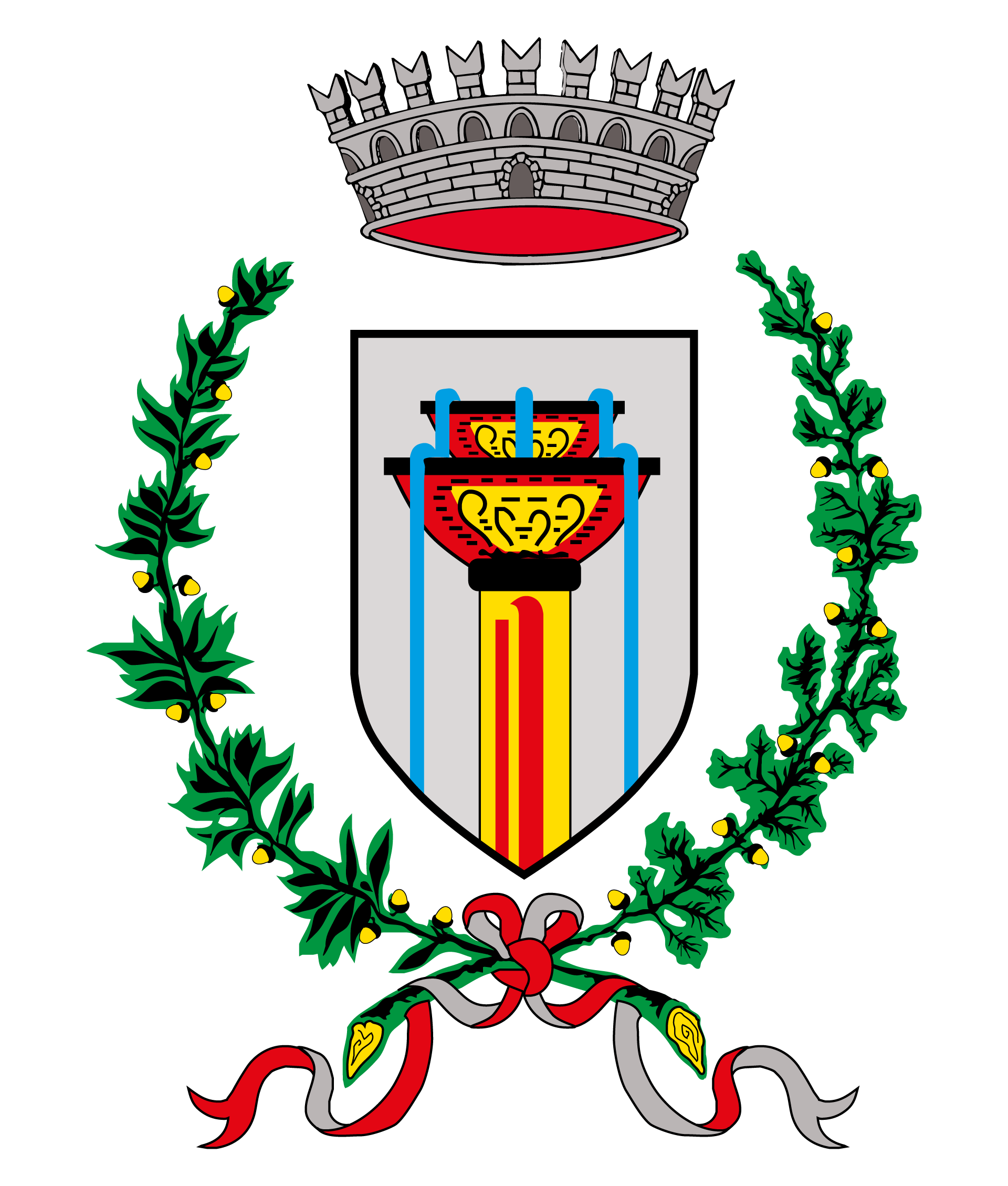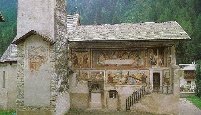 |
|||
| HEIGHT: |
1.173 a.s.l. |
||
| INHABITANTS: |
767 (whole municipality 1.902) |
||

Cogolo (Cogolum) is the capital town of the valley where most of the facilities are located. The town is positioned in front of the peaks of Cadine, Punta Taviela, and Vioz Mount (all above 3,500 m) and towards the valley bottom. Cogolo rises on the alluvial fan of the Rio Gattus which, in the past and in recent times, has been the cause of periodic landslides. Probably because of the gravelly conformation of its backfill, the town brings its name from the Latin word “côcula” which means “pebble”. The "Pejo" low-mineral water bottling plant, active since 1952, is based in Cogolo. The pipelines from the Careser and Pian Palù reservoirs arrive at the entrance to Val de la Mare and feed the Enel plant in Pònt. The headquarters of the Stelvio National Park are at the entrance to the town. Towards the end of the town, there is the old church dedicated to Saints Philip and James, built in 1332, enlarged towards 1450, consecrated in 1497, enlarged and consecrated again in 1588, ruined by a fire and again restored in 1804. The north wall is particularly interesting as it is completely decorated with frescoes. The size of this church has no peer in the valley. The cycles of frescoes were made by Giovanni Angelo Valorsa da Grosio, Valtellina (1643).
The 16th century chapel of St. Anthony, once open, is adjacent to the church. The churchyard divides the church from the cemetery and from the nearby Migazzi Palace, a noteworthy fortified noble house with a sixteenth-century corner projection. An imposing barbican is placed in a corner and testifies to the original existence of a tower, which was later expanded into a house starting in the 15th century, when the Migazzi family came to settle there. The facade on the street was surrounded by a crenellated wall with a portal until 1952. The building was partially restored and now houses the town library.
Restoration work is currently underway and it has brought to light a frescoed wall; recent studies for dating the tree rings conducted by Mauro Bernabei and Jarno Bontadi (CNR-IBE) and commissioned by the Superintendence for Cultural Heritage have precisely dated the birth of this historic monument. The tower existed at least a century before the arrival of the Migazzi family in Val di Pejo, as evidenced by the wooden elements found inside the walls, which were obtained from trees cut in 1332.
The new church, built near the previous one, is dedicated to St. Mary Mother of the Church; it was built between 1969 and 1974 and consecrated on 21st July 1974. Inside, there is a single hall with the Via Crucis in ceramics, made in accordance with Perini's project. Leaving the town and going towards Val de la Mare, you can see the chapel of the Black Madonna or "della Morea" which legend says was brought here by a landslide responsible for the destruction of the old village of Pegàia in the early 15th century. Only the XVI century small church dedicated to Saints Bartholomew, Paul and Thomas, restored in 1896, remains of that village. Mountain people still pray in that place of tragedy. The chapel has internal frescoes (1513) attributed to Baschenis; according to some academics, the chapel was a part of an ancient hospice on the ways to Montozzo and the Mount Sforzellina. From the plain, an asphalted 11 km road leads to Malgamare where numerous excursions begin to the Larcher Hut and Mount Cevedale. In the flat area at the confluence of the Monte and de la Mare valleys, there is a facility for winter and summer sports.